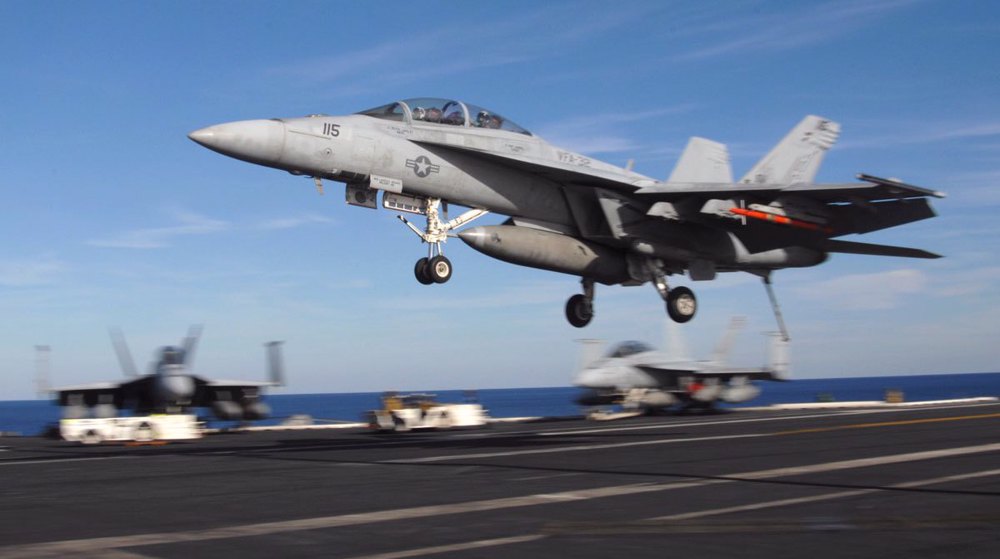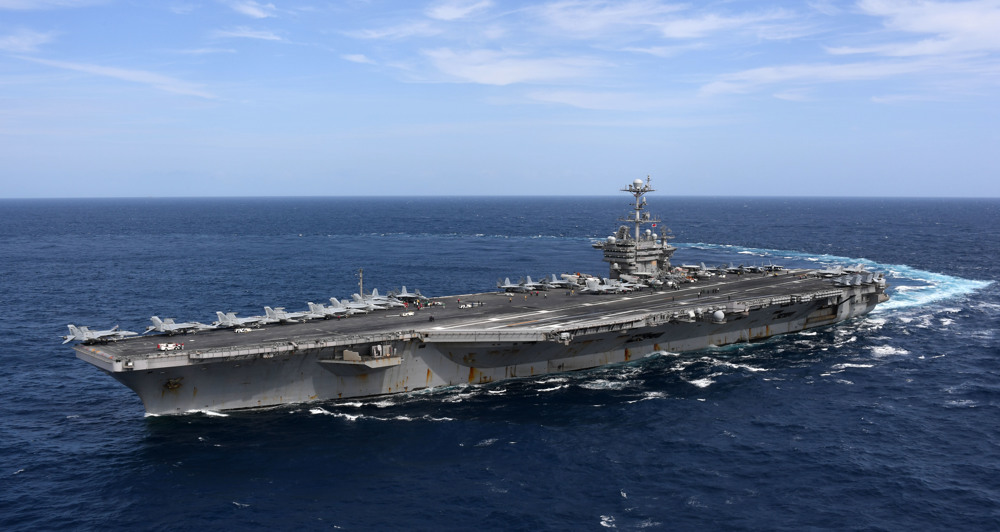US losing military edge to Russia, China: American experts
Russia and China’s growing military advancements have made it a serious challenge for the US to continue its military presence at their doorstep, American experts say.
American military analysts say that a continued presence in the South China Sea, near Chinese territorial waters, is no longer a safe practice as the Chinese can deploy numerous military assists to the disputed waters in no time, overpowering any adversary in the time of a conflict.
Russia has also warned the US through numerous military encounters that the Baltic Sea has become unsafe for the American military forces there, analysts note.
"Since the end of the Cold War, the US military has never really had to fight an enemy that had its own arsenal of precision-guided weapons," Mark Gunzinger, senior fellow at the US Center for Strategic and Budgetary Assessments, was quoted by The Hill as saying on Saturday.
"It was able to use air bases and other bases located fairly close to the borders of an enemy because there wasn't that much of an air and missile threat to those bases,” he noted. “That is changing.”
Russia and China have recently test-fired state-of-the-art intercontinental ballistic missiles with reported supersonic warheads that can evade even the most complex of missile defense systems.
Pentagon confirmed earlier this week that Beijing had successfully flight-tested its DF-ZF hypersonic glide vehicle (illustrated below) which can fly at 5 times the speed of sound and deliver nuclear warheads around the world in less than an hour.

Russian Strategic Missile Forces also conducted an intercontinental ballistic missile (ICBM) launch on April 22, testing a hypersonic cruise missile.
”You’ve seen some advanced air-to-air technologies that the Chinese and Russians are developing, not just in stealth technology, but in terms of the advanced aerodynamics, advanced air-to-air radars, advanced air-to-air weapons, advanced air-to-ground weapons," said Chris Harmer, senior naval analyst at the US Institute for the Study of War.
In terms of undersea technology, too, Moscow and Beijing have shown promising advancements, making inroads into Washington’s undersea dominance.
"Chinese nuclear attack submarines are just in absolute overdrive, how quick they're building and how fast the technology is developing. And we've seen a significant increase in Russian naval activity, Russian long-range naval activity, Russian ships conducting port calls to Bandar Abbas in Iran,” Harmer said.

Admiral Mark Ferguson, commander of US Naval Forces in Europe, told CNN earlier in April that Russia is deploying new submarines that are harder for the American Navy to track and detect.
US intelligence officials have also warned that Russian submarines, with a significant and unsettling capability, could cut critical undersea communications cables between the US and Europe, in the event of a conflict.
VIDEO | Yemenis praise the military for its successful operations against Israel
VIDEO | Israel continues to bomb Gaza homes
VIDEO | An insider's view of the country: Meybod City in Yazd
‘All wars have rules. All of those rules have been broken’ by Israel
VIDEO | Report flags India’s violation of rights of Rohingya detainees
Turkey's foreign minister meets Syria's de facto leader in Damascus
VIDEO | US Syria plots
'Next to impossible' to rescue patients from Gaza's Kamal Adwan Hospital: Director










 This makes it easy to access the Press TV website
This makes it easy to access the Press TV website